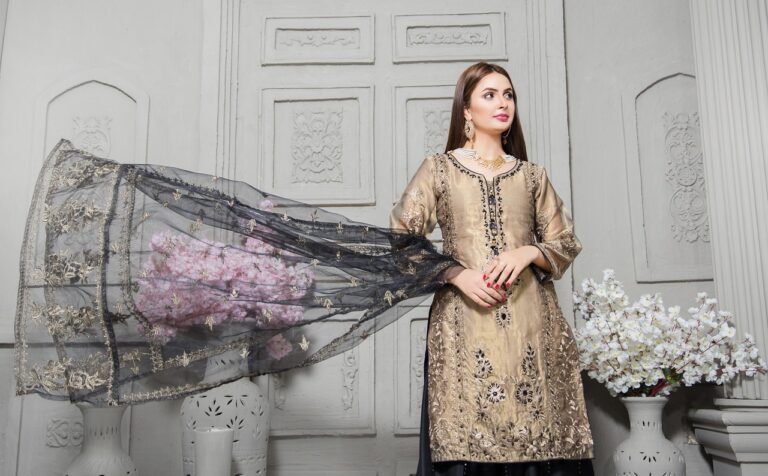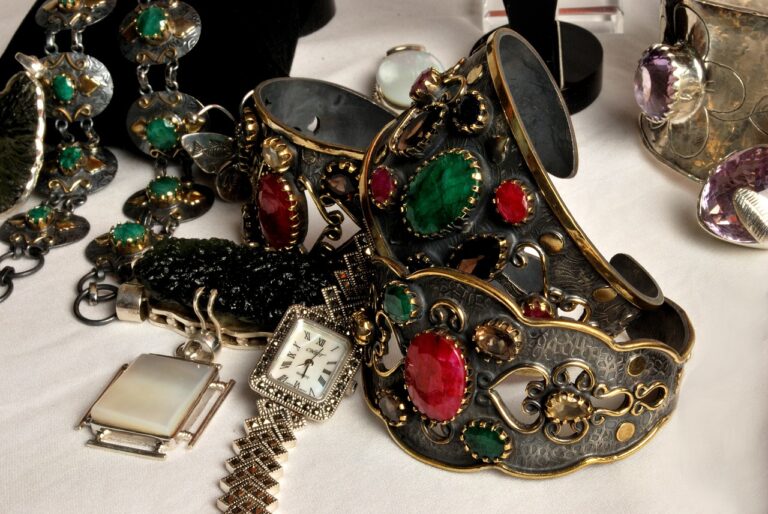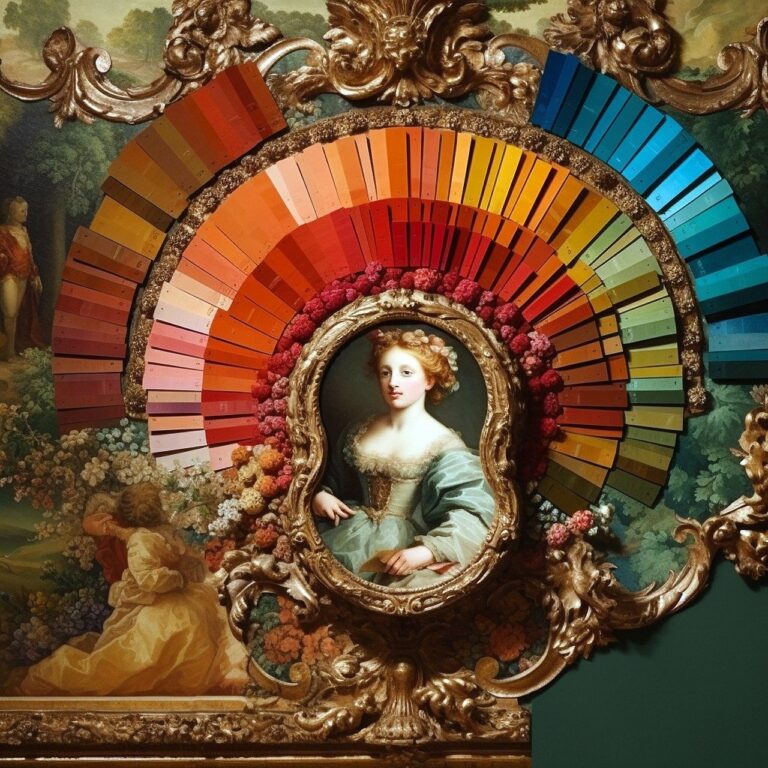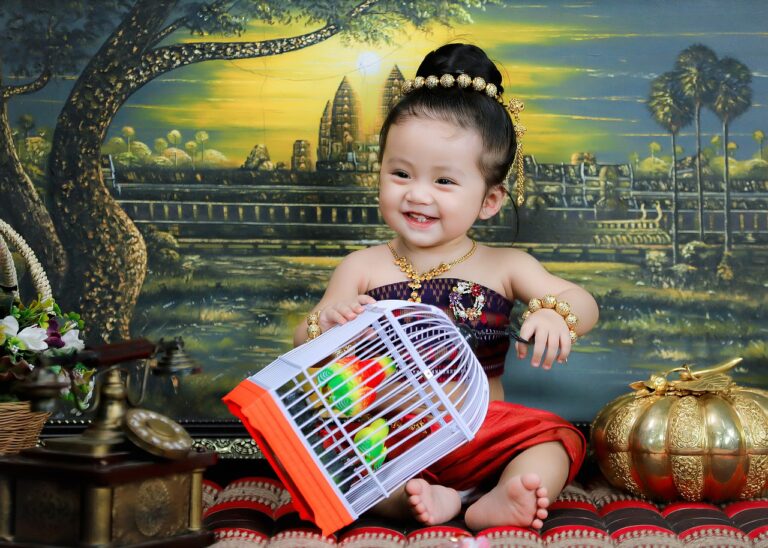The Intersection of Fashion and Technology: Wearables, Augmented Reality, and Virtual Fashion Shows
In today’s digital age, the fashion industry is constantly evolving and embracing new technologies to enhance the consumer experience. From wearable technology to augmented reality (AR) and virtual fashion shows, the intersection of fashion and technology has revolutionized the way we interact with and consume fashion.
Wearables
Wearable technology, often referred to as wearables, includes devices that are worn on the body, such as smartwatches, fitness trackers, and smart clothing. These devices have transformed the way we track our health and fitness, monitor our daily activities, and even express our personal style.
One of the most popular examples of wearable technology in the fashion industry is the smartwatch. With features like heart rate monitoring, activity tracking, and notifications, smartwatches have become a staple accessory for tech-savvy individuals who want to stay connected and on top of their health and wellness goals.
Smart clothing is another emerging trend in the world of wearables. From heated jackets that regulate your body temperature to fitness apparel that tracks your movements and form, smart clothing is revolutionizing the way we dress and interact with our clothing.
Augmented Reality
Augmented reality (AR) has also made a significant impact on the fashion industry, allowing consumers to try on clothing and accessories virtually before making a purchase. By using AR technology, shoppers can see how a piece of clothing fits and looks on them without ever having to step foot in a fitting room.
Many fashion retailers have implemented AR apps and tools on their websites and in-store experiences to enhance the shopping experience for their customers. By allowing shoppers to virtually try on clothing and accessories, retailers can increase sales and reduce the number of returns due to sizing issues.
AR has also been used in fashion shows to create immersive and interactive experiences for attendees. By incorporating AR technology into runway shows, designers can showcase their collections in innovative and engaging ways that captivate the audience and leave a lasting impression.
Virtual Fashion Shows
Virtual fashion shows have become increasingly popular in recent years, especially in light of the COVID-19 pandemic, which has forced the cancellation of in-person events. By leveraging virtual reality (VR) technology, fashion designers can create digital showcases that transport viewers to a virtual world where they can experience the latest trends and collections from the comfort of their own homes.
Virtual fashion shows offer a unique opportunity for designers to experiment with creative concepts and technologies that may not be possible in a traditional runway setting. From 3D modeling and animation to interactive elements and gamification, virtual fashion shows push the boundaries of what is possible in the world of fashion.
By embracing new technologies like wearables, augmented reality, and virtual fashion shows, the fashion industry is reshaping the way we engage with and experience fashion. As technology continues to evolve, we can expect to see even more innovative and immersive experiences that blur the lines between the physical and digital worlds.
FAQs
What are wearables in the fashion industry?
Wearables in the fashion industry refer to devices that are worn on the body, such as smartwatches, fitness trackers, and smart clothing. These devices often incorporate technology to enhance functionality and style.
How is augmented reality used in fashion?
Augmented reality is used in fashion to create virtual try-on experiences for consumers, enhance the shopping experience online and in-store, and provide innovative ways to showcase collections in fashion shows.
What are virtual fashion shows?
Virtual fashion shows are digital showcases of fashion collections that use virtual reality technology to transport viewers to a virtual world where they can experience the latest trends and designs in a simulated environment.







